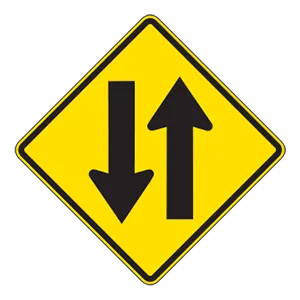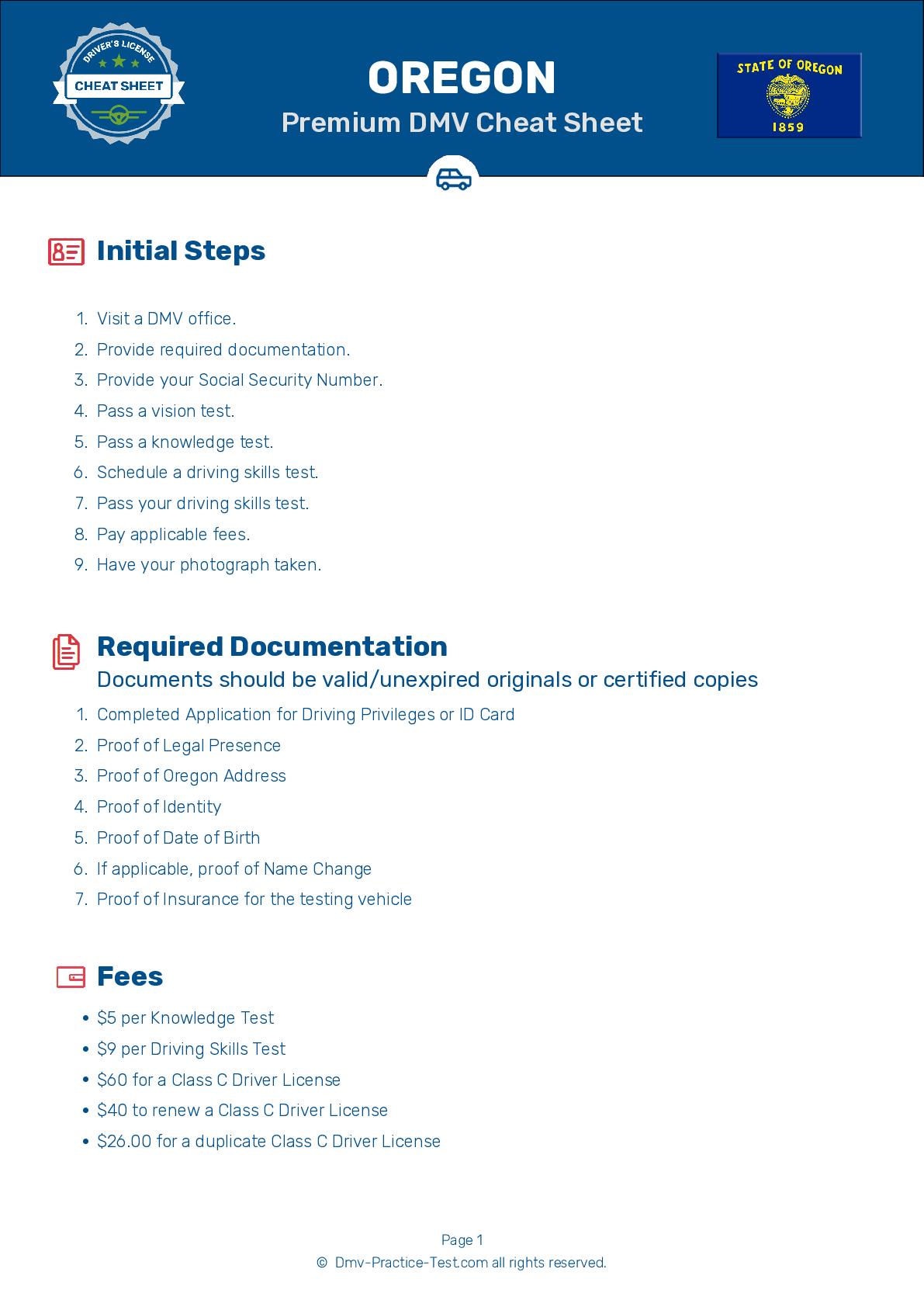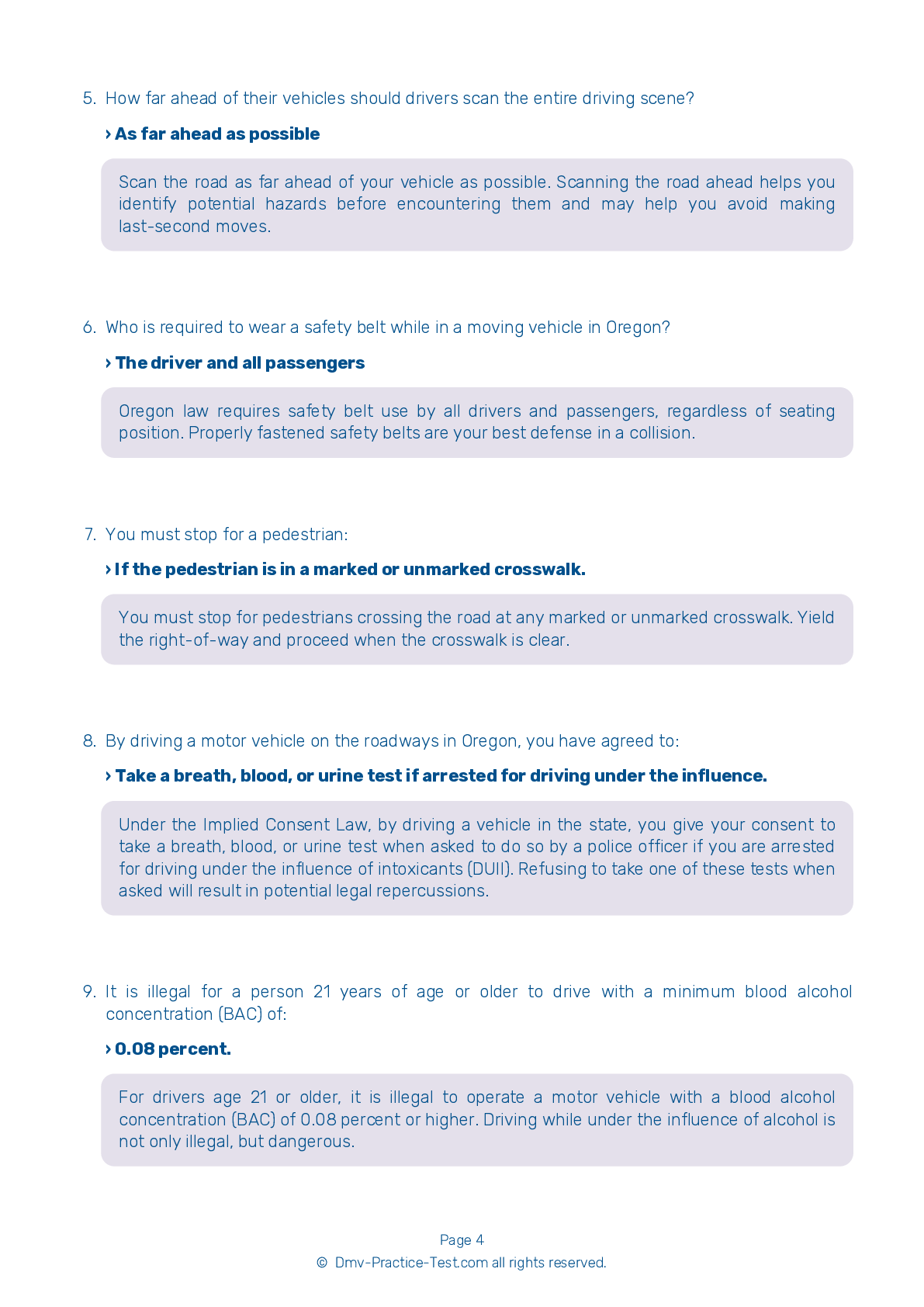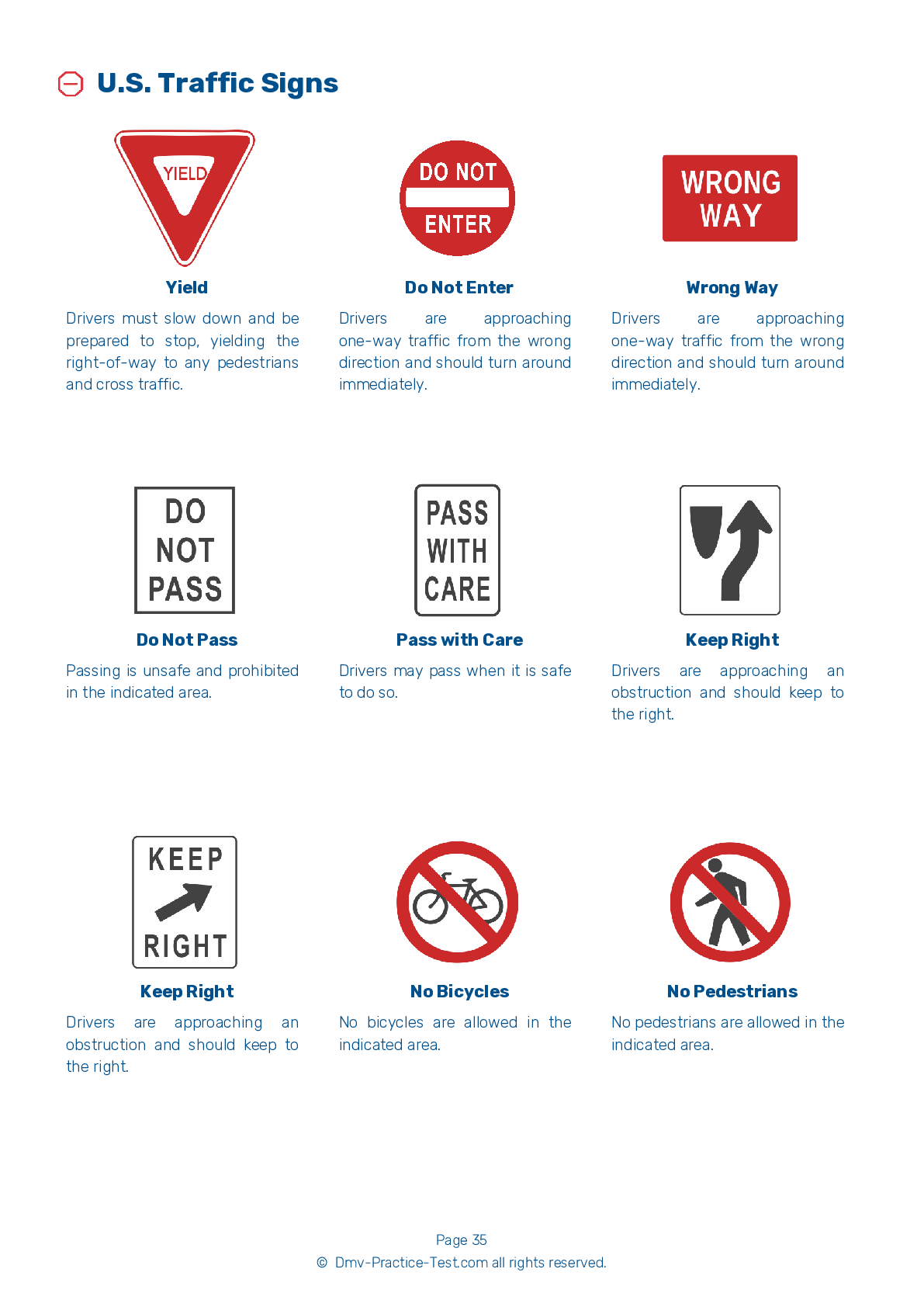FREE Oregon DMV Practice Test #22
The practise exams for the Oregon DMV have been updated for January 2025. It includes questions based on the most important traffic signals and regulations for 2025 from the Oregon Driver Handbook. To study for the DMV driving permit test and driver's licence exam, use actual questions that are very similar (often identical!) to the DMV driving permit test and driver's licence exam.
Each question on the practise exam has a tip and explanation to help you recall the ideas. Questions about traffic rules, traffic signs, and driving statutes, as well as knowledge from the Driver Handbook, will be included in the written portion of the official Oregon DMV test.
You must properly answer 28 of the 35 questions to receive a passing mark. Use the Oregon Department of Motor Vehicles' practise exam to help you prepare for your instruction permit or driver's licence.
The DMV exam is offered in a variety of languages.
Using any form of testing help will result in an automatic fail, and the DMV may take further action against your driver's licence, so avoid it.
1 . This is a ____ sign.
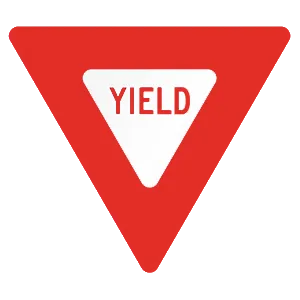
This triangular sign is a "Yield" sign. When you see this sign, you must slow down to check for traffic and yield the right-of-way to pedestrians and approaching cross traffic. Stop only if it is necessary to do so.
2 . Drive below the posted speed limit when:
When the road is wet or slippery, when you cannot see well, or when anything else makes conditions less than perfect, drive below the posted speed limit. Even if you are driving within the posted speed limit, you can still be ticketed for driving too fast for conditions.
3 . Which statement about speed is true?
As speed increases, the chance of a fatality increases. If you are moving faster than 80 miles per hour, you have almost no chance of living through a crash. Driving more slowly than other traffic can also be dangerous because other motorists may become impatient and make dangerous moves to pass you.
4 . Which of the following is true?
In Oregon, it is illegal for drivers under 18 years of age to talk or text on a cell phone or other communication device while operating a vehicle. Drivers age 18 and older must use a hands-free device if they are using a cell phone or other communication device.
5 . This sign means:
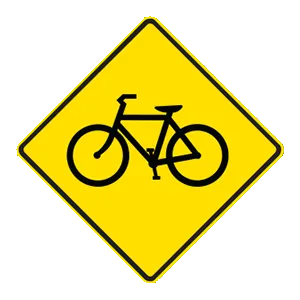
Warning signs prepare drivers for upcoming road conditions and hazards and are usually yellow with black markings. This sign alerts drivers to potential bicycle cross traffic.
6 . This sign means:
